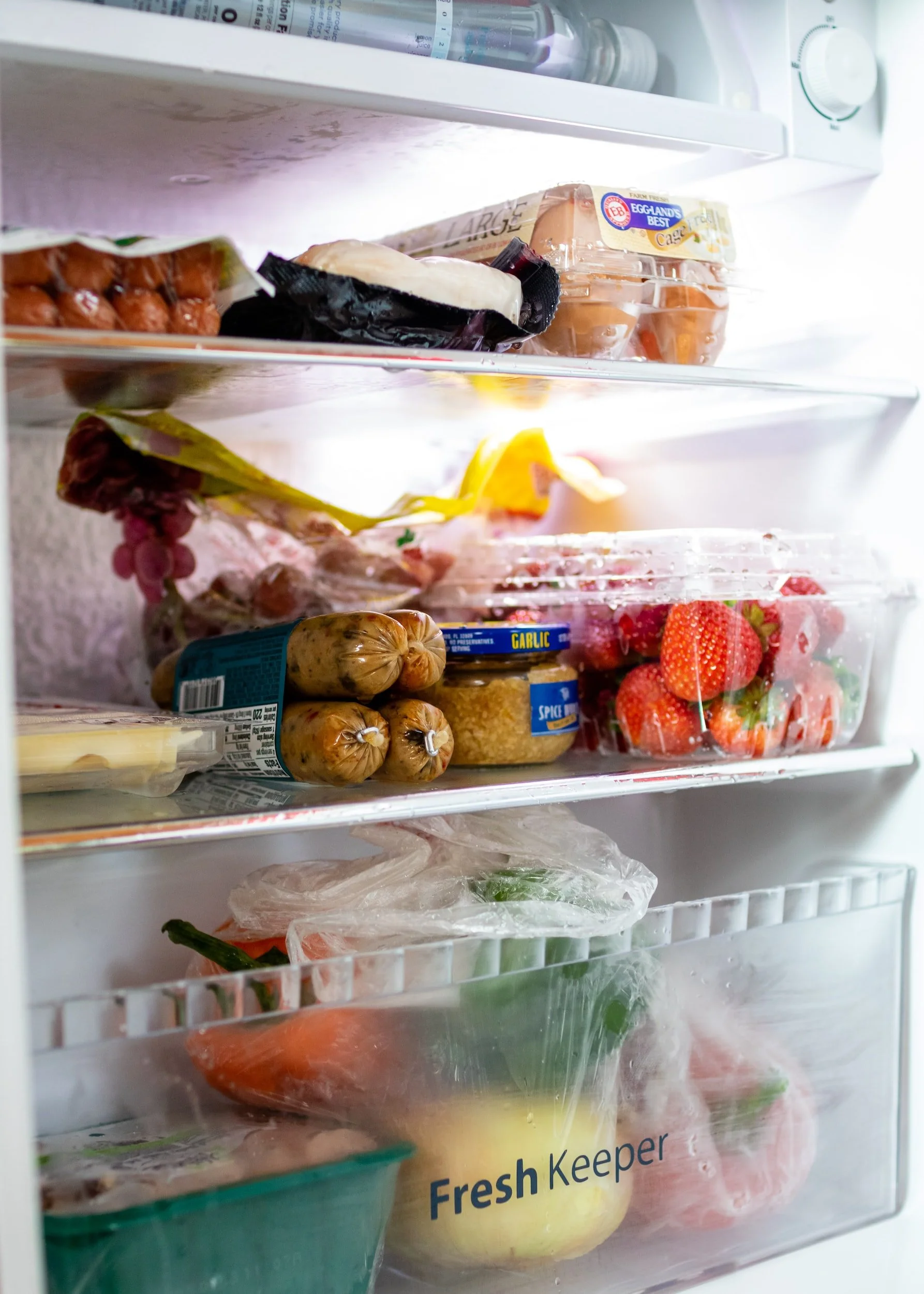The Art of Meal Planning: Creating a Plan That Works for You
When creating your grocery list for meal planning, it's helpful to have a few staples in mind to incorporate into your meals. Here are some tips on what to buy and include on your list:
Protein: Choose a few protein options for the week, like chicken, beef, fish, tofu, beans, or eggs. Try to vary your protein sources throughout the week to keep things interesting.
For example, I’ll always buy a carton of eggs for the week to boil for a quick add-in to a lunchtime salad or scramble up for a fun “breakfast as dinner” night. If you like to shop at wholesale clubs like BJs or Costco, you can buy meats, poultry, and seafood in bulk to keep in the freezer and pull out the day before you plan to use them in a recipe.
Vegetables: Incorporate a variety of colorful vegetables into your meals. Choose seasonal produce when possible and mix it up with leafy greens, root vegetables, and cruciferous vegetables.
Pro tip: always keep a bag or two of frozen vegetables in the freezer. They are great to add to smoothies, soups, stews, or a quick weeknight stir-fry. Frozen vegetables are also more affordable to purchase organic than fresh and contain the same nutritional content.
Fruits: Stock up on your favorite fruits or choose ones that are in season. They make for a great snack or can be incorporated into meals or desserts.
Pick one or two fruits - I’d recommend buying a more shelf-stable fruit like apples or oranges and then a few more delicate ones like berries to eat within the week.
Shelf-stable grains: Buy some shelf-stable grains to keep on hand, such as quinoa, brown rice, or whole-wheat or bean-based pasta. These grains can be used as a base for meals and are great for meal prep.
I try to keep some cooked quinoa in the fridge to use in salads and warm grain bowls for easy lunches.
Favorite or fun foods: Don't forget to include some of your favorite or fun foods on your grocery list! Whether it's a special treat or a new ingredient you want to try, incorporating these items into your meal plan can help keep things interesting and enjoyable.
Remember - meals and snacks should be both filling and satisfying, meaning they should be physically filling but also mentally satisfying. So, if a cookie on the side of your salad will make it more satisfying, go for it! It’s better to enjoy one small cookie versus taking a ride on the binge-restrict cycle.
As with anything in life, the more you do it the easier it gets. Now I have a running grocery list saved to my notes in my phone that I can quickly edit every week. I mainly buy the same staples with a few additions or tweaks each week. Having a well-stocked pantry can make meal planning and prep a breeze and help you stay on track with your eating goals.

